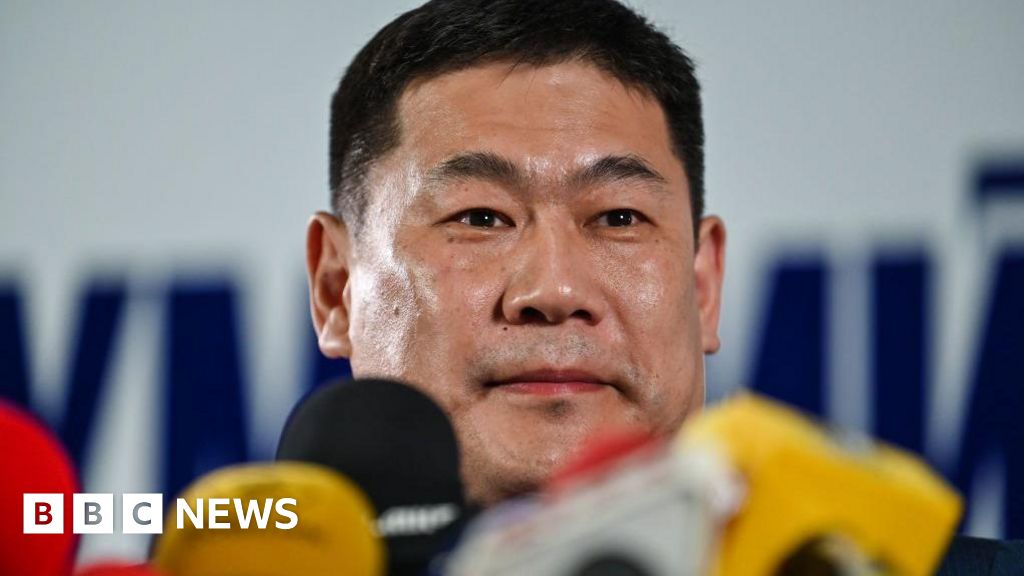ARTICLE AD BOX
The Supreme Court on Tuesday granted the Trump administration’s request to proceed with plans to scale back the federal workforce.
The legal dispute centered on an executive order signed in February to downsize the federal workforce for maximum efficiency and productivity.
The executive order was challenged by the American Federation of Government Employees. They argued the plans violated the separation of powers.
A lower court halted Mr. Trump’s plans, but the high court’s unsigned order Tuesday lifted the blockade while the case is litigated.
“Because the Government is likely to succeed on its argument that the Executive Order and Memorandum are lawful — and because the other factors bearing on whether to grant a stay are satisfied — we grant the application,” the justice’s order said.
Justice Ketanji Brown Jackson, a Biden appointee, dissented, saying the restructuring of agencies should be authorized by Congress.
“The President sharply departed from that settled practice on February 11, 2025, however, by allegedly arrogating this power to himself,” she wrote.
The high court action continued a remarkable winning streak for Trump, who the justices have allowed to move forward with significant parts of his plan to remake the federal government. The Supreme Court’s intervention so far has been on the frequent emergency appeals the Justice Department has filed objecting to lower-court rulings as improperly intruding on presidential authority.
Tens of thousands of federal workers have been fired, have left their jobs via deferred resignation programs or have been placed on leave. There is no official figure for the job cuts, but at least 75,000 federal employees took deferred resignation and thousands of probationary workers have already been let go.
In May, a district court judge halted the layoffs and buyouts, reasoning that the wide-scale workforce reduction was likely unlawful.
Judge Susan Illston, a Clinton appointee to the U.S. District Court for the Northern District of California, said the proposed workforce cuts would wipe out some offices entirely and would leave people who rely on government services struggling to get help.
She said the president must ask Congress for permission before embarking on such a broad rewrite of the bureaucracy.
With her injunction lifted, the administration can now slash workforces and make changes in 19 federal departments.
The White House had defended the reduction in force, or RIFs, by saying the bureaucracy had spiraled out of control, spending money on “unproductive and unnecessary programs that benefit radical interest groups while hurting hard-working American citizens.”
The labor unions and nonprofit groups that sued over the downsizing said the justices’ decision “dealt a serious blow to our democracy and puts services that the American people rely on in grave jeopardy.”
“This decision does not change the simple and clear fact that reorganizing government functions and laying off federal workers en masse haphazardly without any congressional approval is not allowed by our Constitution,” the parties that sued said in a joint statement.
Among the agencies affected by the order are the departments of Agriculture, Energy, Labor, the Interior, State, the Treasury and Veterans Affairs. It also applies to the National Science Foundation, Small Business Administration, Social Security Administration and Environmental Protection Agency.
The case is Trump v. American Federation of Government Employees. It now continues in Judge Illston’s court.
• This article is based in part on wire-service reports.

 2 months ago
47
2 months ago
47








 English (US) ·
English (US) ·